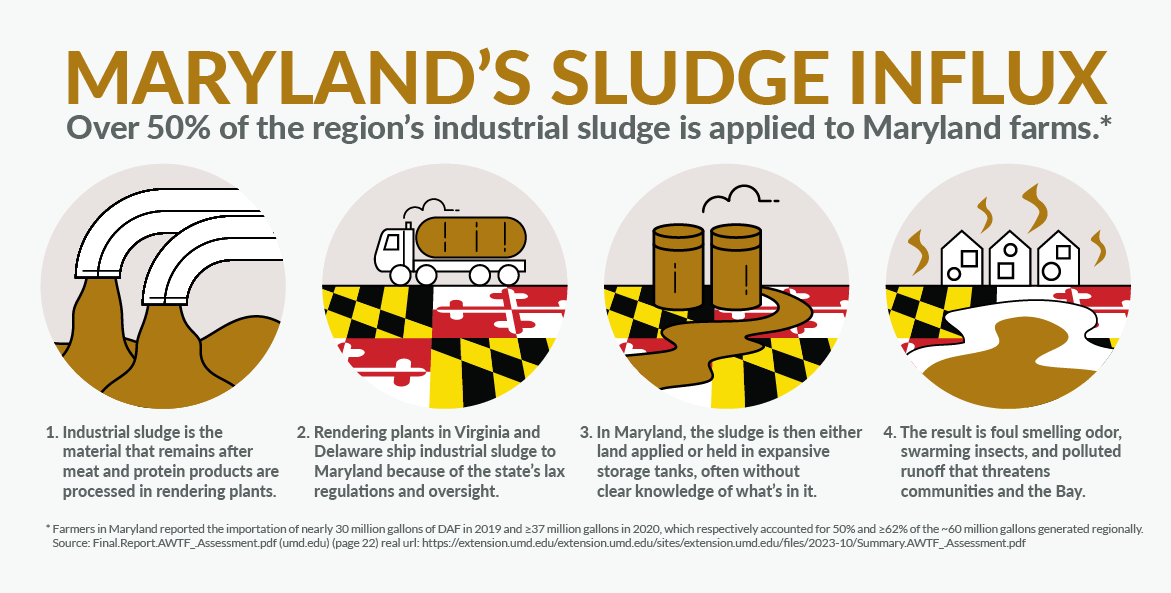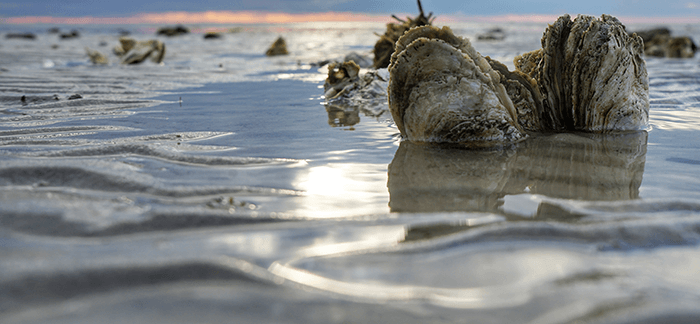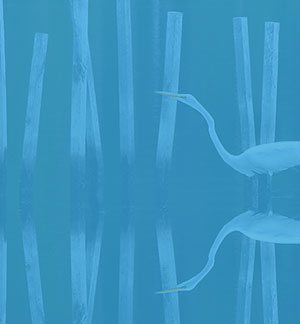Updated April 9, 2024
Maryland is at a critical point in its work to reduce pollution in the Bay and improve water quality. During the 2024 session, CBF urged the General Assembly to prioritize restoration efforts that are long-lasting, cost-effective, and targeted to confront climate change, tackle pollution sources, and support multiple environmental and community benefits.
Creating a Whole Watershed Pilot Program
The Whole Watershed Act (Senate Bill 969/House Bill 1165) will create a pilot program to implement coordinated, comprehensive improvements in five impaired watersheds across the state. The legislation builds off a successful partnership model in Pennsylvania supported by CBF and designed to rapidly improve water quality while also providing specific, measurable co-benefits. The bill also includes guardrails applicable to all in-stream restoration designed to ensure community involvement and use of best practices in permitted restoration projects.
CBF was proud to work in partnership with leaders from the Chesapeake Bay Commission, Chesapeake Conservancy, League of Conservation Voters, and other environmental champions, state agencies, and restoration practitioners to develop this legislation, which was chosen as a 2024 legislative priority by the Citizens' Campaign for the Environment, the largest environmentally-focused organizing coalition in Maryland. The Whole Watershed Act is now on its way to the governor’s desk for his signature.
Closing the Industrial Sludge Loophole
Maryland has, due to incomplete and inconsistent regulation, become a regional dumping ground for material known as food processing residuals or “DAF, which stands for “dissolved air flotation” the industrial process used to produce sludge material left over from industrial protein rendering operations. DAF is stored in large open-air tanks and applied to farm fields where it can produce odors and insect problems that plague local neighborhoods and communities. Storage tanks and trucks hauling the material can leak and spill, and overapplication to farm fields leads to runoff, delivering huge loads of nitrogen, phosphorous, and other pollutants straight into local streams that feed the Bay. A recent study indicated that as neighboring states like Virginia and Delaware have moved to more closely regulate use and storage of this material, Maryland has become net importer of DAF, with more than 50 percent of the material generated regionally being spread on Maryland farms.

Thanks to legislation passed this session, the production, transport, and use of DAF material in Maryland will be subject to greater oversight. This bipartisan legislation (House Bill 991/Senate Bill 1074) creates a new permit program within the Department of Agriculture to regulate handling of this material, including penalties for bad actors who mishandle and overapply DAF, and clear, enforceable guidance for farmers who utilize the material responsibly. CBF and our partners at Chesapeake Legal Alliance and ShoreRivers, worked closely with the Department of Agriculture, county governments, and concerned private citizens (many of them farmers themselves) to develop and support these bills.
Strengthening Maryland's Living Shoreline Law
In 2008, CBF led the charge to change Maryland state law to require that shoreline stabilization efforts prioritize living shorelines. Living shorelines—shoreline techniques that include natural gradients and living elements like marshes, oyster reefs, and underwater grasses—connect land to water, stabilize soil, and provide valuable habitat in ways that costly bulkheads and revetments do not. Despite the clear directive established by the living shorelines law, a significant number of waivers to this requirement continued to be granted.
House Bill 655 and Senate Bill 546 would have built on the landmark 2008 law to clarify a portion of the existing waiver provision related to the replacement of existing hardened shoreline and expand the uses of tidal wetlands impact funds to include grants to replace armored shorelines with living shorelines. Unfortunately, these bills failed to advance this legislative session. CBF will look for opportunities to advance living shoreline adoption and implementation, homeowner education, and future policy solutions.
Defending Clean Water Funding
With reports of declining state revenues and increasing mandatory state expenditures, CBF is gearing up for some difficult budget fights at the state level in the years ahead. Fortunately, many of the state’s key clean water programs remained funded at or near expected levels, with no significant cuts to environmental programs or initiatives. CBF worked closely with legislative leaders and state agencies to protect water programs, expand enforcement capacity, and target state resources into programs with the greatest impact.
Supporting Environmental Community Priorities
In addition to CBF’s clean water initiatives, we worked closely with partners to advance the priorities of the broader environmental community. Some of the important issues CBF has worked on include:
- The Clean Water Justice Act (House Bill 1101/Senate Bill 653): The United States Supreme Court limited the scope and application of the Clean Water Act last year. While Maryland is fortunate to have strong state-level protections for our waterways on the books, one right that was potentially lost was the right for ordinary citizens and environmental groups to bring lawsuits in Federal court to enforce pollution laws and regulations. The Clean Water Justice Act fills in the gap created by the Supreme Court and allows citizens to sue in State courts for pollution violations that may no longer be covered under Federal law. These bills are on their way to the governor’s desk for signature.
- Energy Efficiency and Conservation Plans (EmPOWER Program Reform, House Bill 864): The EmPOWER Maryland program has historically been a successful tool for promoting energy efficiency. As we look ahead to the future of home energy, we see greater use of electricification and fewer and fewer gas appliances. HB 864 makes overdue changes to the EmPOWER program to better target the plan’s incentives towards supporting electrification and providing more direct benefits to individual ratepayers. This bill was a Citizens Campaign for the Environment priority.
- Advocating for Oysters: Once again, CBF was the leading voice from the environmental community on issues relating to the health and protection of oysters and other aquatic life. We welcomed in Spring with a day of advocacy where we served over 1,400 freshly-shucked oysters to highlight their importance in not only the Bay’s ecosystem, but also Maryland’s economy. CBF led opposition to several bills that would have weakened penalties for oyster poaching, successfully preventing their passage this year.


